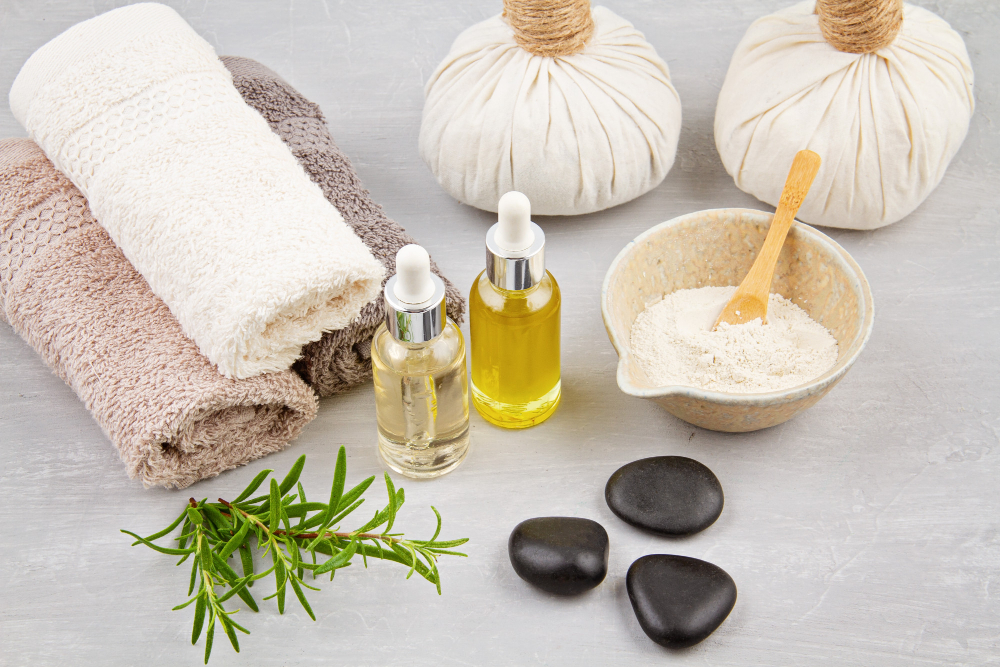Understanding Hypertension: What You Need to Know
Hypertension, also called high blood pressure, is a common health problem. It means the force of blood against your artery walls is too high. Over time, this can damage your heart and blood vessels. According to the World Health Organization (WHO), about 1.28 billion adults worldwide have hypertension. Sadly, many people do not know they have it. If left untreated, it can lead to heart attacks, strokes, and kidney problems. Early detection and proper care are important for staying healthy.
Ayurveda and Panchakarma Therapy: An Overview
Ayurveda is an ancient Indian system of medicine. It focuses on balancing the body, mind, and spirit. Panchakarma is a special Ayurvedic therapy. It uses five main cleansing procedures to remove toxins from the body. These treatments aim to restore balance and improve health. Many people seek Ayurvedic treatment for hypertension because it offers natural ways to lower blood pressure.
How Panchakarma Addresses Hypertension
Panchakarma therapy for hypertension works by removing toxins and calming the mind. In Ayurveda, high blood pressure is often linked to imbalances in the body’s energies, called doshas. Panchakarma helps restore this balance. As a result, it may help reduce stress, improve circulation, and support heart health. Some studies suggest that Panchakarma can lower blood pressure by reducing stress and inflammation. However, more research is needed to confirm these effects.
Panchakarma Procedures for High Blood Pressure
Several Panchakarma procedures are used to help manage hypertension. Each treatment is chosen based on your unique needs. Common therapies include:
These therapies are often combined with gentle yoga, breathing exercises, and meditation. Together, they may help lower blood pressure naturally.
Evidence and Scientific Support
Some research supports the use of Panchakarma for high blood pressure. For example, a study published in the Journal of Alternative and Complementary Medicine found that Panchakarma reduced blood pressure and stress in adults. The WHO and CDC recommend lifestyle changes, such as stress reduction and healthy eating, for managing hypertension. While Ayurveda offers natural ways to lower blood pressure, it should not replace medical care. Always talk to your doctor before starting new treatments.
Ayurvedic Lifestyle and Diet Tips for Hypertension
Ayurveda suggests simple lifestyle and diet changes to help control high blood pressure. Here are some helpful tips:
These habits can support your heart and help keep blood pressure in check.
Prevention and Self-Care Guidance
Preventing hypertension is easier than treating it. You can take simple steps every day to protect your health. For instance, check your blood pressure regularly. Eat a balanced diet and stay active. Avoid smoking and limit alcohol. Also, try to manage stress in healthy ways. If you have a family history of high blood pressure, talk to your doctor about regular check-ups.
Risks, Contraindications, and When to Seek Medical Advice
Panchakarma therapy for hypertension is generally safe when done by trained professionals. However, it may not be suitable for everyone. People with certain health conditions, such as severe heart disease, pregnancy, or recent surgery, should avoid some Panchakarma treatments. Always consult a qualified Ayurvedic practitioner before starting therapy. If you notice chest pain, severe headaches, or vision changes, seek medical help right away. Never stop your prescribed medicines without talking to your doctor.
Conclusion: Take Charge of Your Heart Health
Panchakarma therapy for hypertension offers a natural Ayurvedic approach to managing high blood pressure. While it can support your health, it works best with healthy habits and regular medical care. Consult a qualified Ayurvedic practitioner or healthcare provider for personalized advice on managing hypertension.

